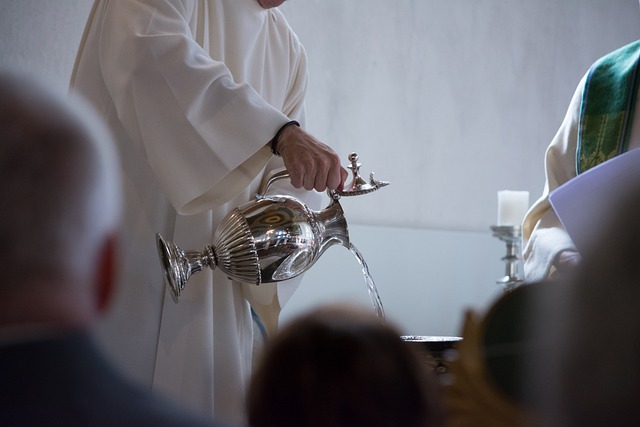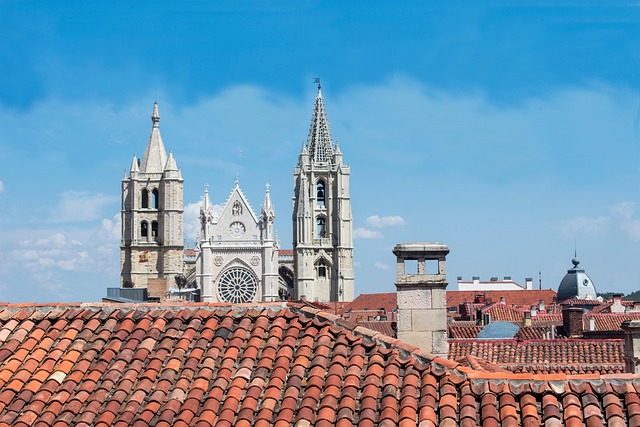The Power of Symbolism: Exploring the Concept Icon in Rituals
Rituals have long served as a bridge between the tangible world and the realm of the intangible—an expression of our beliefs, emotions, and identities. At the heart of many rituals lies the concept of the concept icon, a symbol that encapsulates profound meanings and evokes powerful feelings. Through this exploration, we will delve into how these icons play a pivotal role in shaping our rituals and, ultimately, our lives.
When we think of rituals—be it a wedding ceremony, a religious service, or even a personal practice like meditation—we often encounter various symbols designed to convey deeper meanings. These concept icons serve not only as focal points but also as conduits for what we hold dear. The ring exchanged during a wedding, for example, symbolizes eternal love and commitment. Its circular shape signifies unity, with no beginning or end, thus marking a moment that transcends time itself.
But why does symbolism matter so much in our rituals? The answer lies in our human nature. We are creatures of meaning, and symbols offer us a way to articulate emotions and concepts that often elude verbal expression. In the act of participation, we find connection—not just with those around us, but also with the larger narratives that shape our communities and cultures. A simple object, like a candle in a vigil, becomes a concept icon representing hope, remembrance, and the collective spirit of resilience amidst darkness.
As we engage with these symbols, we often experience a shift in our consciousness. The act of lighting the candle transforms it into a sacred act, inviting reflection and reverence. Rituals invoke our senses; the scent of incense, the sound of a bell, or the sight of a vibrant tapestry can stir emotions, grounding us in the present moment while connecting us to the past and future.
The power of the concept icon can also be found in diverse cultural practices around the world. From the African tribal masks that convey ancestral spirits to the intricate mandalas of Tibetan Buddhism, these symbols serve as vehicles for storytelling and community bonding. They remind us of our shared humanity, illustrating values and beliefs that resonate across different cultures and traditions.
Moreover, rituals enhance our understanding of life’s transitions—births, deaths, and everything in between. They offer us a framework to process change and honor those significant moments. For instance, a graduation cap symbolizes the culmination of years of hard work, while a funeral shroud encapsulates loss and the beauty of remembrance. Each concept icon in these scenarios carries layers of meaning that enrich our experiences and foster communal solidarity.
As we navigate our own spiritual journeys, we can harness the power of symbolism to deepen our connection to our rituals. Choosing our concept icons intentionally can help us articulate our values and beliefs more clearly. Whether it is creating a personal altar with items that resonate with us or incorporating specific symbols into our daily routines, we can transform everyday moments into sacred rituals, imbuing our lives with purpose and significance.
Ultimately, the concept icon serves as a reminder that we are part of something larger than ourselves. Each ritual, steeped in symbolism, offers a unique opportunity to explore the depths of our identities, fostering a sense of belonging and connection in an often disconnected world. So, let us embrace these icons, leveraging their power to transform our rituals and enrich our lives.



